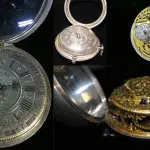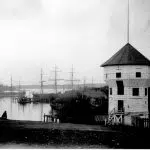
Five Things about Monday’s federal election
OTTAWA — Liberal Leader Justin Trudeau broke the campaign deadlock with Conservative Leader Andrew Scheer and prevailed in Canada’s 43rd general election on Monday. The Liberals won the most seats but fell short of a second majority government.
As the campaign unfolded, the NDP under Jagmeet Singh made significant polling gains, raising his party’s standing across the country. But that didn’t translate into actual seats. It was a big night for Bloc Quebecois Leader Yves-Francois Blanchet, who revived his party’s fortunes and made it a force to be reckoned with after its decline in the 2011 and 2015 elections.
Here are five things about how Monday’s vote reshaped the political power balance in Canada:
1. Ontario delivers Liberal victory in a newly divided country


